The Conclave: Selecting The Head Of The Catholic Church
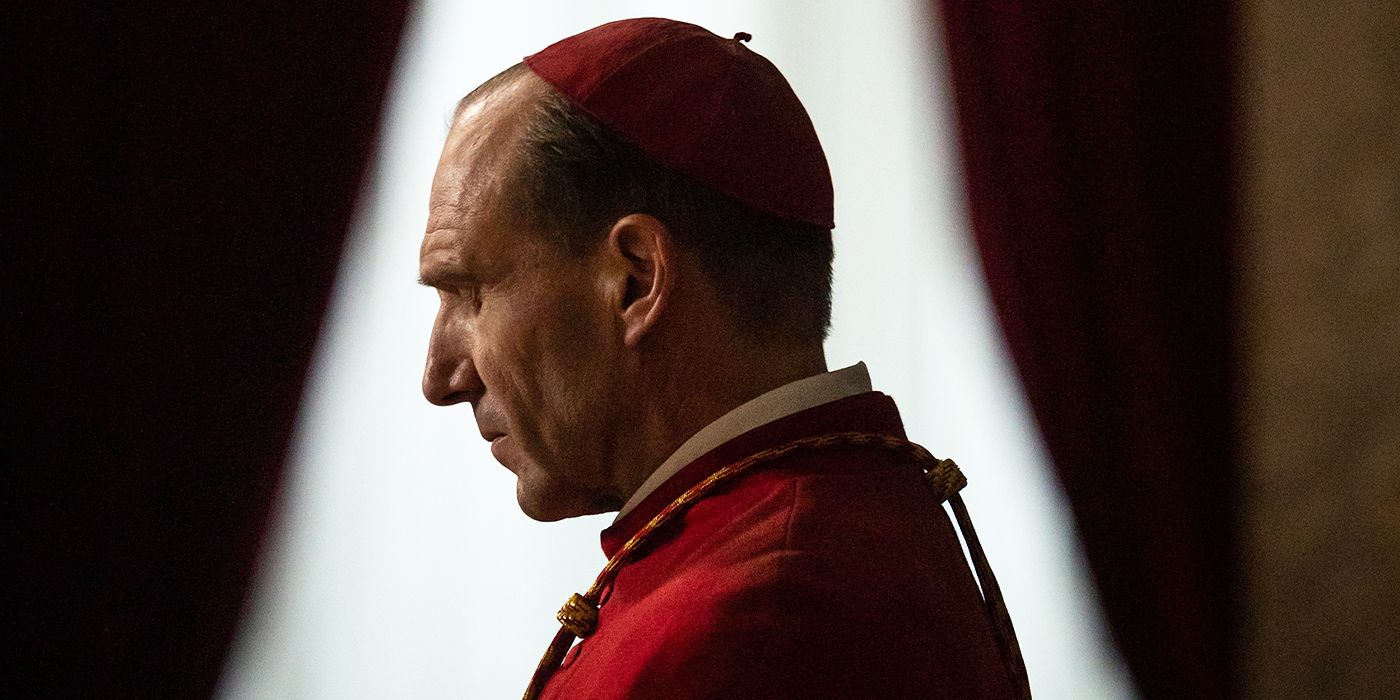
Table of Contents
History and Evolution of the Conclave
The Conclave, meaning "with key" in Latin, hinting at the locked-room nature of the proceedings, hasn't always been the formalized process we know today. Its evolution reflects centuries of adaptation and refinement within the Catholic Church. Early papal elections were often tumultuous affairs, marked by political maneuvering and even violence. The long Conclave of 1268-1271, which lasted nearly three years, is a prime example of the chaos that could ensue. This lengthy period of sede vacante (the vacancy of the papal office) highlighted the urgent need for a more structured selection process.
Over time, rules and regulations were gradually introduced to govern the Conclave. Papal decrees, like those issued by Gregory X in 1274, formalized many aspects of the process, including confinement of the cardinals and the establishment of specific voting procedures. These regulations aimed to minimize outside influence and ensure a more orderly election.
- Early methods of papal election: Often involved factions within the clergy and significant lay influence.
- The introduction of formal procedures: Brought about by the need to streamline the process and reduce the likelihood of prolonged vacancies.
- Key changes throughout history: Reflective of the evolving political landscape and the Church's internal dynamics.
- Impact of Papal decrees on Conclave processes: Significantly shaped the rules and regulations surrounding the Conclave, from the location to the voting methods.
The Cardinals: Electors of the Pope
The Conclave is solely the responsibility of the Cardinals, the senior clergy of the Catholic Church. Their role is paramount; they are the electors who choose the next Pope. The process of becoming a Cardinal is a significant appointment made solely by the reigning Pope. These individuals must meet specific criteria, demonstrating exceptional theological knowledge, leadership qualities, and unwavering loyalty to the Church. The College of Cardinals plays a vital role not just in the Conclave but also in the day-to-day governance of the Church, advising the Pope on various matters.
- Cardinal's role in the Church hierarchy: High-ranking prelates advising and assisting the Pope.
- The process of becoming a Cardinal: Appointment by the reigning Pope, based on merit and service to the Church.
- The number of Cardinals eligible to participate: Limited by Papal decree, ensuring a manageable group of electors.
- Geographic distribution of Cardinals: Aimed at representing the global Catholic Church, ensuring a diverse range of perspectives.
The Conclave Process: Secrecy and Deliberation
The Conclave process begins with the sede vacante period, the time between the death or resignation of a Pope and the election of his successor. Once the Cardinals are summoned to Rome, the process of selecting a new Pope unfolds behind the closed doors of the Sistine Chapel. Secrecy is paramount; stringent measures are taken to ensure the integrity of the election, including the sealing of the Chapel and the monitoring of communications. The voting process itself involves multiple ballots, and a two-thirds majority is required for the election of a new Pope.
- The summoning of the Cardinals: Officially called to Rome to participate in the Conclave.
- The sealing of the Sistine Chapel: Ensures complete isolation and prevents external influence on the voting process.
- The voting procedures: A series of ballots, with the process repeated until a two-thirds majority is achieved.
- The announcement of the new Pope ("Habemus Papam!"): The iconic announcement from the balcony of St. Peter's Basilica signaling the election of a new Pope.
The Significance of the Conclave for the Catholic Church
The Conclave holds immense spiritual and political significance for the Catholic Church. The selection of a new Pope impacts not only the Church's internal direction but also its global influence. The chosen Pope shapes Church doctrine, guides its social teachings, and leads its diplomatic efforts on the world stage. The Conclave, therefore, plays a crucial role in ensuring the continuity of the papacy and maintaining the unity of the Church amidst global challenges.
- Importance of selecting a leader for global Catholics: A crucial step in maintaining the spiritual and administrative leadership of the Catholic Church worldwide.
- The impact of Papal decisions on Church doctrine: The elected Pope's interpretations and pronouncements shape the Church's teachings.
- The Pope’s role in international relations: The Pope often serves as a moral compass and mediator in global conflicts and humanitarian crises.
- The Conclave's role in maintaining Church unity: The process aims to elect a leader who can unify the diverse global Catholic community.
Conclusion
The Conclave, a process rich in history and tradition, remains a pivotal event for the Catholic Church. Understanding its intricacies—from its historical evolution to its modern procedures—offers insight into the selection of the leader of one of the world's largest religious organizations. This complex process ensures the continuity of the papacy and the ongoing spiritual guidance of billions of Catholics worldwide. To delve deeper into the fascinating world of Papal selection, further research on the history of specific Conclaves and the roles of the Cardinals involved will provide a richer understanding of this pivotal event. Learn more about the intricacies of the Conclave and its impact on the Catholic Church today.

Featured Posts
-
 Decentralisation Du Repechage Lnh Une Erreur De Jugement
May 07, 2025
Decentralisation Du Repechage Lnh Une Erreur De Jugement
May 07, 2025 -
 Official Sony Ps 5 Pro Teardown Shows Liquid Metal Cooling
May 07, 2025
Official Sony Ps 5 Pro Teardown Shows Liquid Metal Cooling
May 07, 2025 -
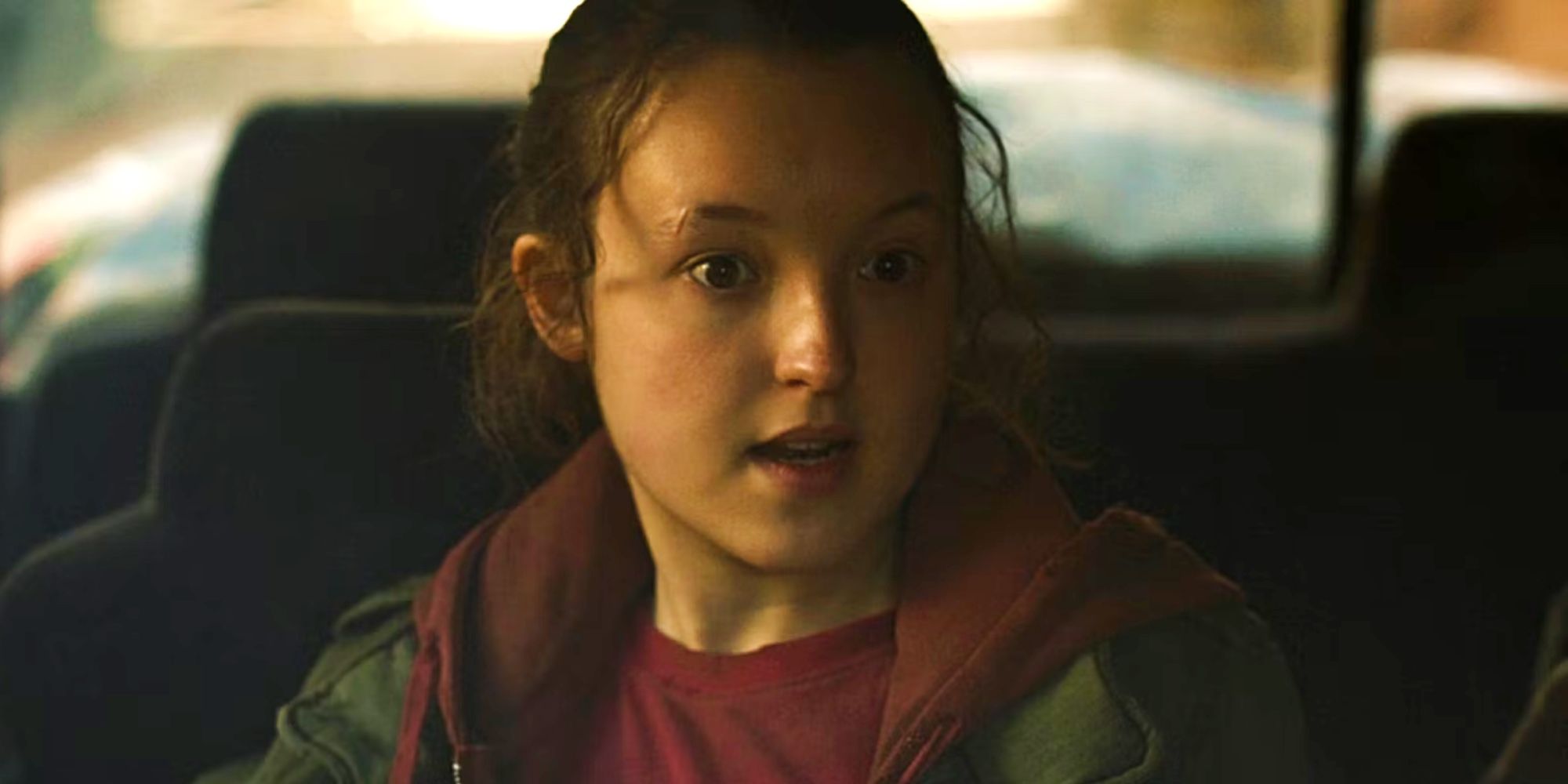 The Last Of Us Season 2 Understanding Dinas Role And Importance
May 07, 2025
The Last Of Us Season 2 Understanding Dinas Role And Importance
May 07, 2025 -
 Official Lotto Results Saturday April 12 2025
May 07, 2025
Official Lotto Results Saturday April 12 2025
May 07, 2025 -
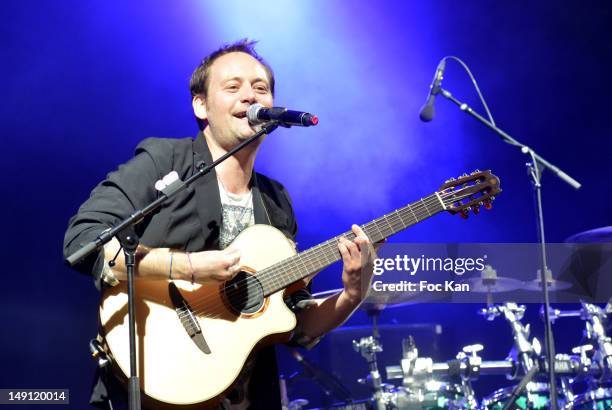 Onet Le Chateau Christophe Mali En Concert Pour La Saison
May 07, 2025
Onet Le Chateau Christophe Mali En Concert Pour La Saison
May 07, 2025
Latest Posts
-
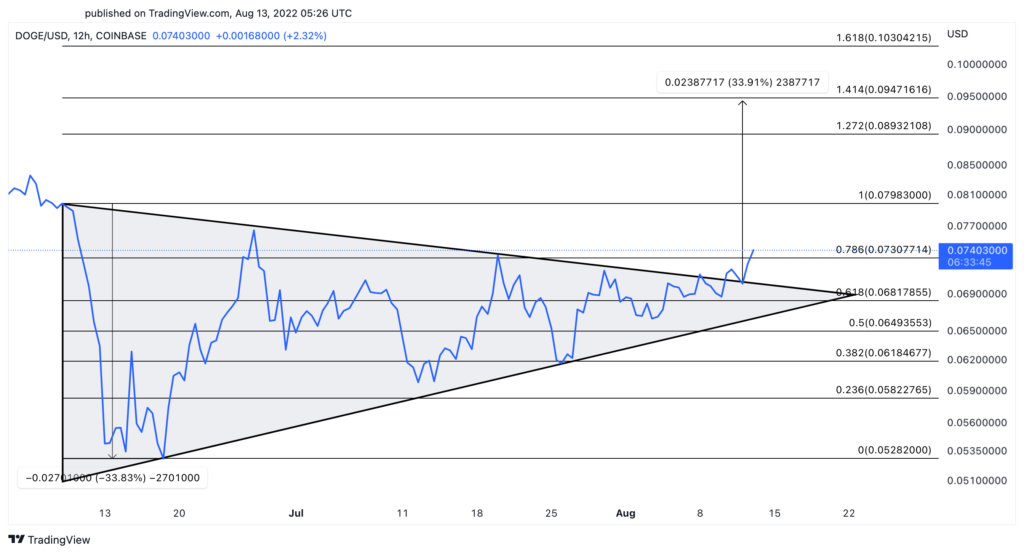 Analyzing The Recent Price Jumps Of Dogecoin Shiba Inu And Sui
May 08, 2025
Analyzing The Recent Price Jumps Of Dogecoin Shiba Inu And Sui
May 08, 2025 -
 Building Trust In The Age Of Crypto A Guide To Reliable News Sources
May 08, 2025
Building Trust In The Age Of Crypto A Guide To Reliable News Sources
May 08, 2025 -
 Kripto Lider In Basarisinin Sirri Teknolojisi Ve Topluluk Etkisi
May 08, 2025
Kripto Lider In Basarisinin Sirri Teknolojisi Ve Topluluk Etkisi
May 08, 2025 -
 Analysis Trump Media Crypto Com Etf Partnership And The Future Of Cro
May 08, 2025
Analysis Trump Media Crypto Com Etf Partnership And The Future Of Cro
May 08, 2025 -
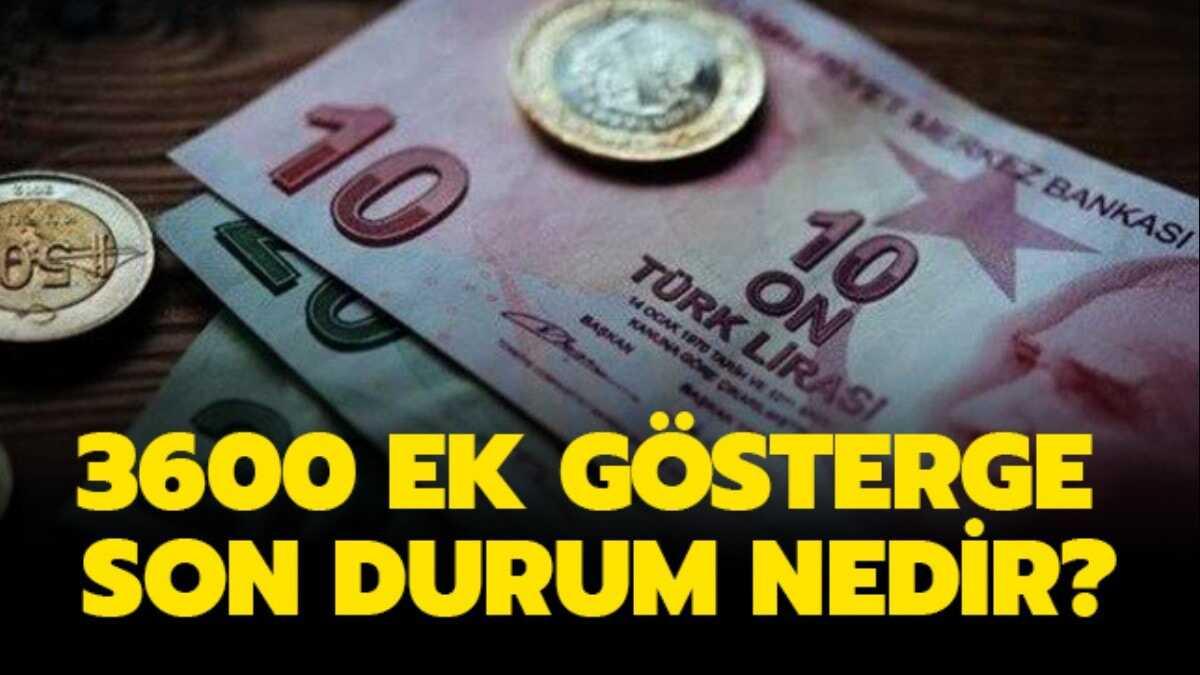 Sms Dolandiriciligi Sikayetlerinde Artis Son Dakika Gelismeleri
May 08, 2025
Sms Dolandiriciligi Sikayetlerinde Artis Son Dakika Gelismeleri
May 08, 2025
